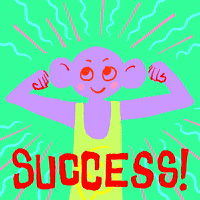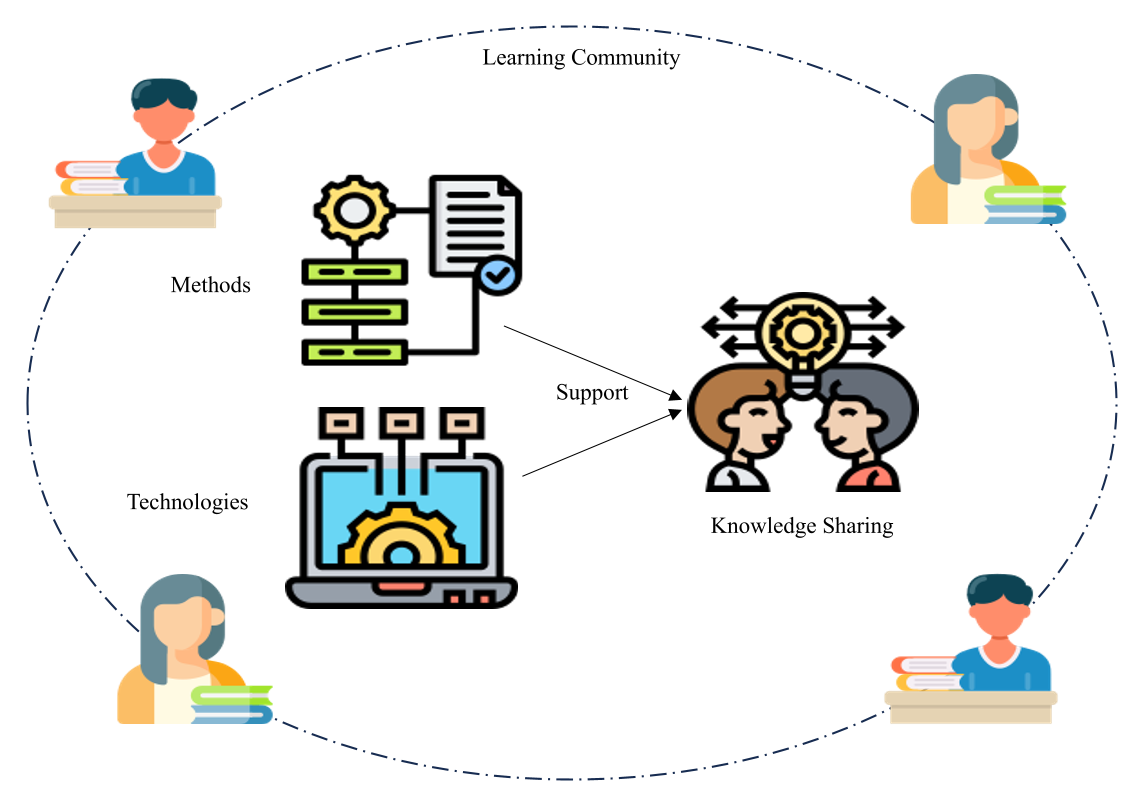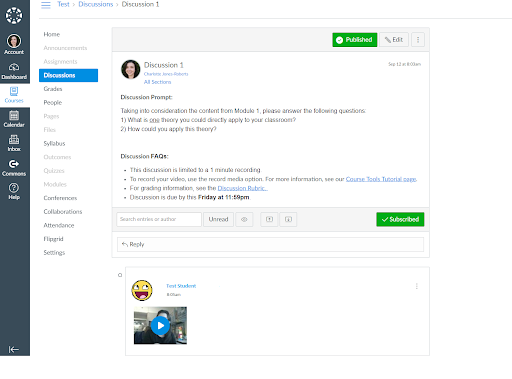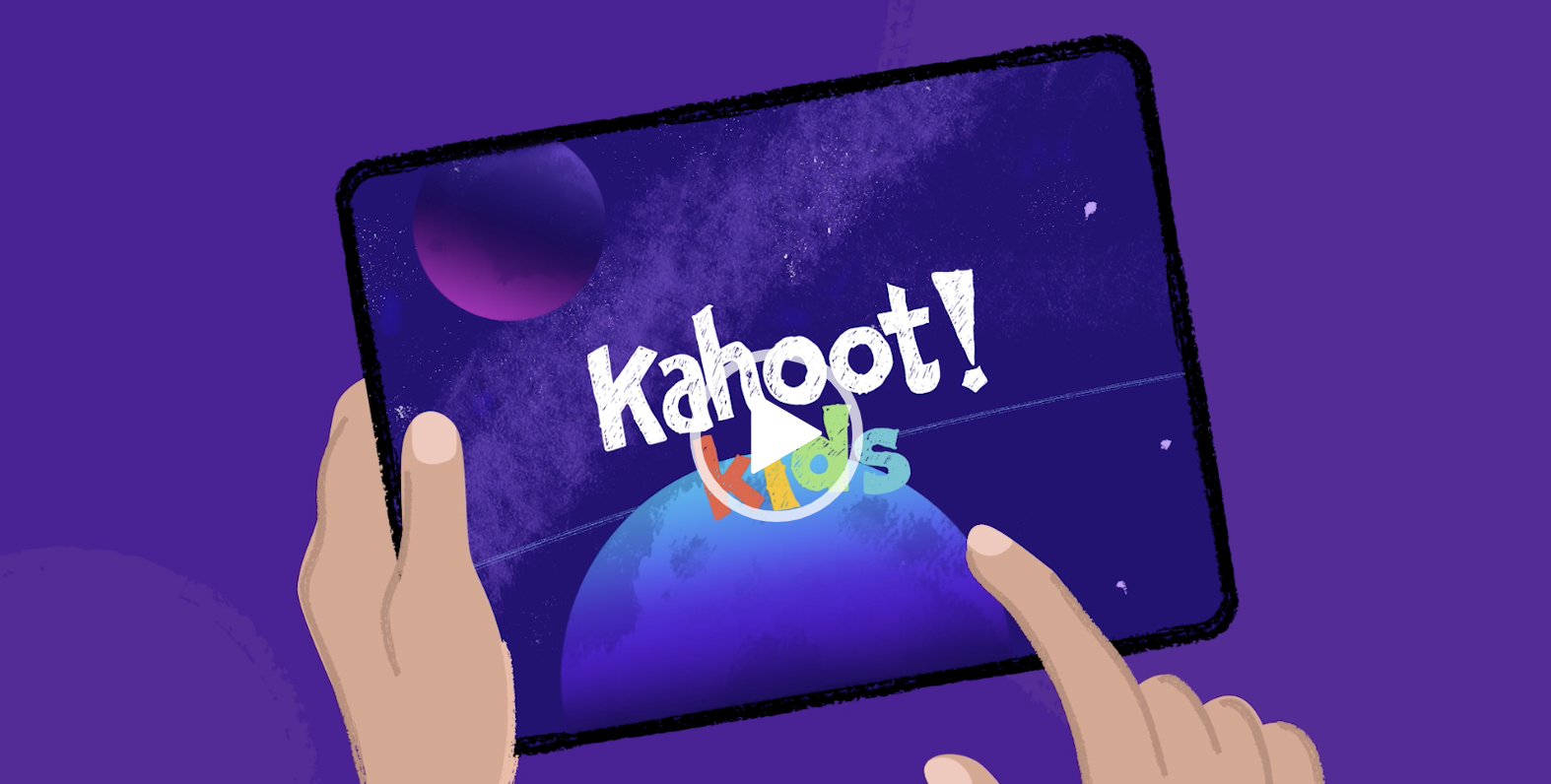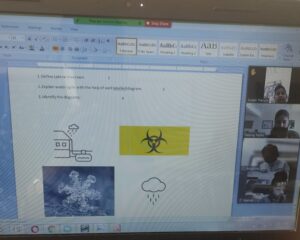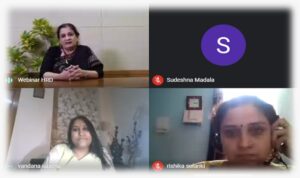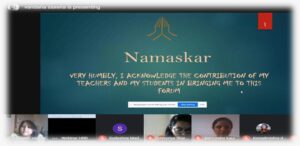As a first-time creator working with platforms like Lumi and Canvas, I had no idea what to expect when starting the process of building my interactive recycling course for children. From the very beginning, it was a learning experience, filled with challenges and new discoveries. But through it all, with the zoom breakout room discussions, I gathered some ideas and remained determined to create an engaging, fun, and educational experience that would teach kids about recycling in a way they would enjoy.
Here is link to my Course Module, just have look https://canvas.instructure.com/courses/11520759
Little did I know that beyond the fun aspects of the course, I would also need to seriously consider accessibility and equity to ensure that all students, regardless of their circumstances, could benefit from the content.
Getting Started with Lumi and Canvas: A Novice’s Experience

When I began this journey, I wasn’t familiar with Lumi or Canvas, and it didn’t take long for me to realize how much I had to learn about both platforms. Lumi provided me with the opportunity to create interactive lessons, incorporating videos, quizzes, and hands-on activities. Canvas, on the other hand, helped me structure the course and implement assessments. But as a complete novice, I found myself navigating both platforms through trial and error.
Though these tools are fantastic for creating an interactive and engaging course, there were definitely moments where I felt overwhelmed. I had to rethink my approach several times to make sure the course would be suitable for young children, especially since they’re used to a visually stimulating and easy-to-navigate environment. But after some trial runs and learning the ropes, I felt confident in the course structure and design.
The Fun Stuff: Hands-On Activities and a Song!
One of the key aspects I wanted to include was a hands-on activity where kids could practice recycling principles in real life. I wanted them to feel like they could take what they learned and immediately apply it by creating something useful from recycled materials. This DIY activity was meant to spark creativity while reinforcing recycling concepts in a meaningful way.
Additionally, I included a song to help reinforce the learning material. Songs are incredibly effective for kids because they make the information easier to remember and make learning more fun. I wasn’t sure how well the song would fit into the course, but after seeing it come together, I realized it was one of the most engaging elements for students.
The Challenges: Navigating the Tech and Making It Easy for Kids
Creating a course that would appeal to children while also being educational was no easy feat. One of the biggest challenges I faced was ensuring that the instructions were clear and easy to follow. Since the target audience was young students, I had to be very specific in my directions. I had a tendency to create instructions that were a bit more complicated than they needed to be, and it became clear that I needed to simplify things.
In addition, feedback pointed out that the course could benefit from clearer visual cues and more images. These changes are easy to make, and I believe once I implement them, there will surely be an improvement in user engagement. Young learners need bright visuals to capture their attention, and I am quite sure that adding more colors and visual elements would improve their overall experience.
Feedback and Improvements: A Work in Progress

Overall, the course received positive feedback. My peers enjoyed the interactive exercises, the video content, and the hands-on DIY activities. However, there were also valuable suggestions that helped me refine the course further. One key takeaway was the importance of ensuring accessibility for all students, particularly younger learners who might not have the skills to navigate the course on their own. This feedback led me to reconsider how I could improve the clarity of instructions and make the course even more intuitive.
Another important point raised was the need for more opportunities for students to interact with each other. Since the course is online, it can sometimes feel isolating, and I realized that including spaces for students to collaborate or share their work could enhance the experience. I plan to explore options for fostering peer interaction in future updates.
Reflecting on Accessibility and Equity in the Course Design
In week 10 class discussion about accessibility and equity, I realized how important it is to ensure that all students, regardless of their backgrounds or abilities, can access and benefit from the course. The issue of accessibility in online learning is critical, and as I reflected on my course design, I began to see areas where I could improve.
Accessibility in the Course

One of the key takeaways from Bates’ text (Chapter 9) is the need to provide students with multiple ways to engage with content, especially when it comes to online learning. This involves making sure that the course materials are accessible for all learners, including those with disabilities or limited access to technology. While I worked hard to make the course visually appealing and engaging, I now realize that accessibility extends beyond just design and interactivity.
For instance, the course content needs to be accessible for students with visual impairments or those who have difficulty reading text. This means including audio descriptions or transcripts for video content, and making sure that quizzes and interactive activities are compatible with screen readers. Additionally, since many students may have limited access to high-speed internet, I need to consider how the course can work on lower bandwidths or be accessible through mobile devices. This would ensure that students from various backgrounds and with varying access to technology could still participate fully in the learning experience.
Equity and Inclusivity
Equity in education is all about ensuring that every student has the opportunity to succeed, regardless of their background or circumstances. The course, as it stands, is fun and engaging, but I must consider how to make it more inclusive for students who may have different learning needs or limited resources.
One thing I realized is that the course should provide options for diverse learners, including those who may need additional support. For example, offering the course in different languages could help make it more accessible for students whose first language isn’t English. I also need to ensure that the hands-on DIY activity can be completed with materials that are easily accessible and affordable for all students, even those who may not have a lot of resources at home.
As I think about this, I’m reminded of the AODA (Accessibility for Ontarians with Disabilities Act) guidelines, which emphasize the importance of creating content that’s inclusive for all learners. By following these guidelines, I can make sure that the course is accessible and equitable, even for students with disabilities or those from diverse backgrounds.
The Takeaway: A Course That Is Fun, Accessible, and Engaging
In conclusion, while I’m proud of the interactive recycling course I created, this experience has also been a wake-up call about the importance of considering accessibility and equity in the course design process. It’s not enough to simply make content engaging and educational; I need to ensure that every student, regardless of their abilities or access to technology, has the opportunity to benefit from the learning experience.
This project has taught me valuable lessons that I will carry forward as I continue to design online courses whenever I get into the teaching field again. Making learning accessible and equitable is an ongoing process, and I’m excited to continue improving my course with these principles in mind. If you’re thinking of designing your own course, I highly recommend taking a close look at the principles of accessibility and equity—it makes a world of difference for your students.
So, whether you’re just starting out or are already an experienced course creator, keep in mind that accessibility and equity aren’t just buzzwords—they’re essential components of creating a course that works for everyone.



